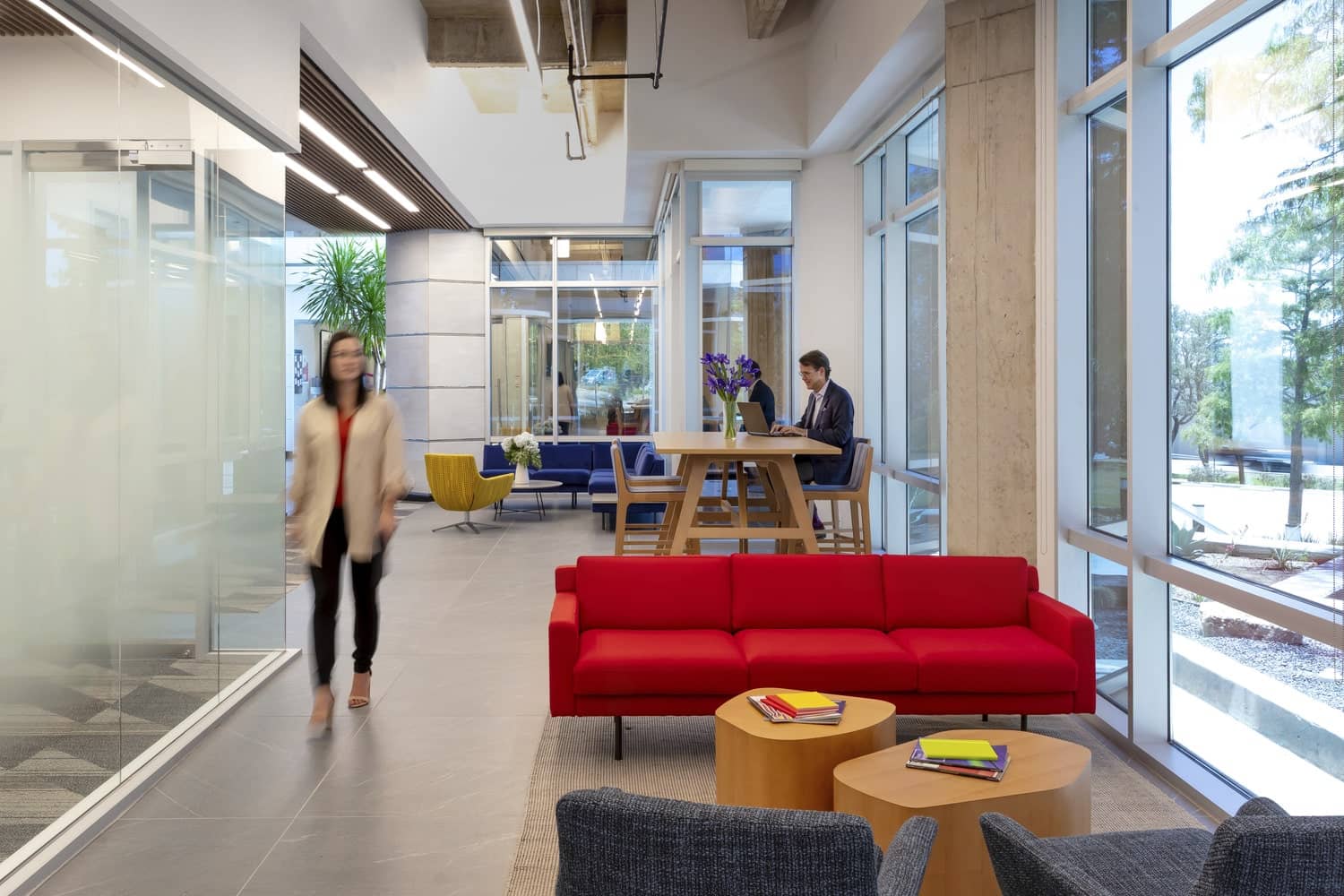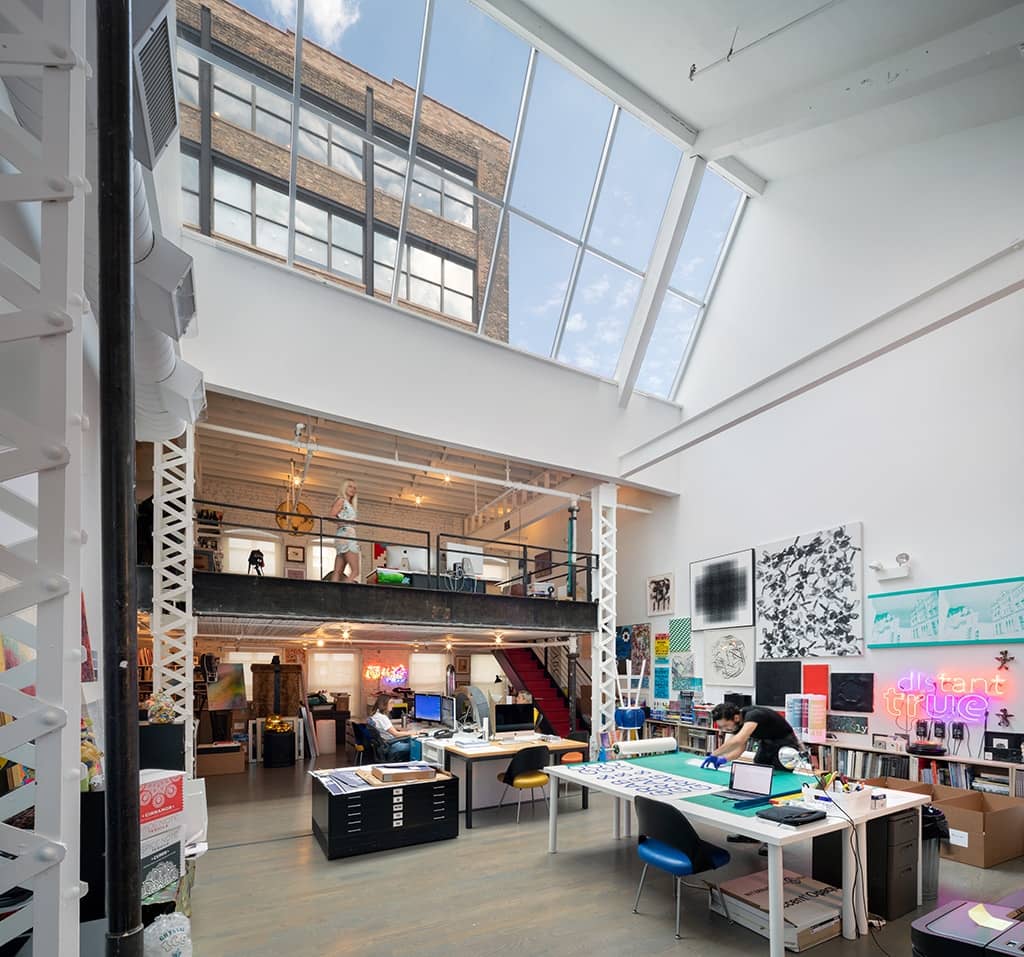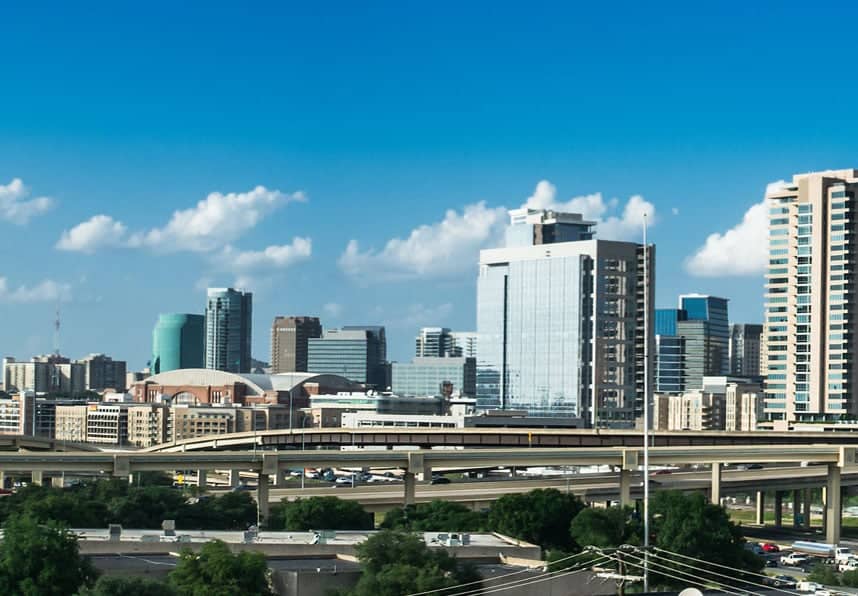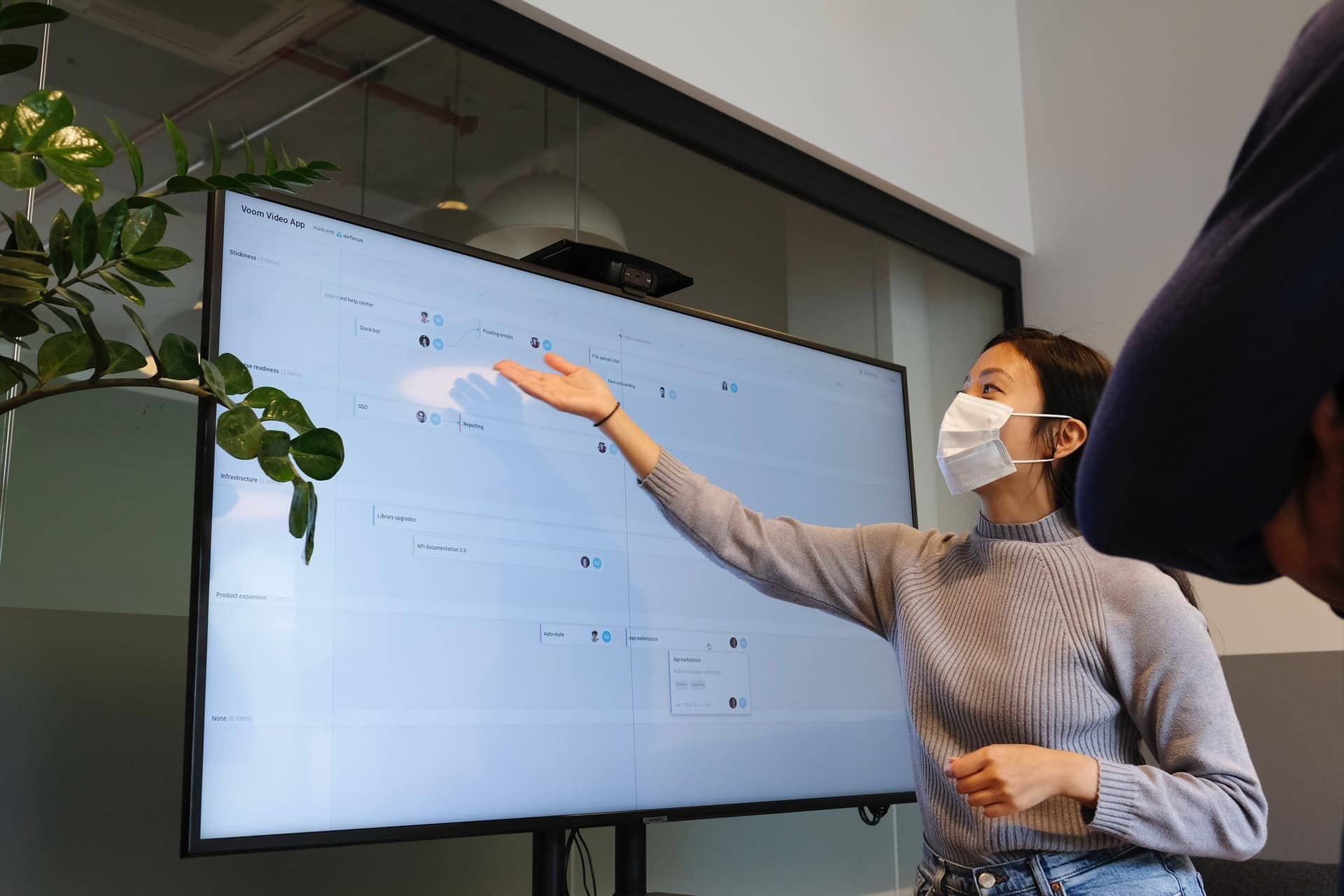Traditionalists were amazed to learn that, during the pandemic, productivity continued at similar rates as before and increased in many aspects. Employees who would otherwise be driving or commuting several hours a day were now working during that time, and most remote digital interaction was focused on work and not as much on socializing and going from meeting to meeting, as it typically is in the office.
Some large companies, particularly in the high-tech sector, such as Twitter, Microsoft, Slack and Square, announced early in the pandemic that they would allow employees to work remote indefinitely, at least some of the time. CBRE’s latest Occupier Sentiment Survey found that 87% of large companies with 10,000 or more employees say they will be adopting schedules or a hybrid working environment. Many recognized the value of opening job searches to a nationwide talent pool and could lower the salary bar for those not living and working in extremely expensive regions such as Silicon Valley and Manhattan. Other companies allowed previously local employees to move out of state or the commuting area, knowing that returning to the office as before would not be a possibility for them.
Add to that the “Great Resignation” and a February 2022 unemployment rate of 3.8 percent, the workforce is largely in the driver’s seat right now and companies are under pressure to deliver what employees want in order to retain and recruit top talent. Cultivating a hybrid working environment, on-demand office space and flex-space office design are among the top trends transforming workplaces.
Gio Cordoves, Western regional president of KBS, in an interview with IREI Real Assets Adviser, doesn’t believe the hybrid workspace will come at the expense of office space, however.
“While the rate of return varies by industry, city and company size, employees are returning to the office, and many have already done so,” says Cordoves. “In fact, a new analysis has a majority of the workforce returning to the office during first quarter 2022. Whether they offer a hybrid option or an in-person plan, firms have always needed and will continue to need office space to successfully maximize their own potential over the long term.”
He goes on to say that in densely populated cities like San Francisco and Chicago, where there is a high reliance on public transportation, the return has been and will be slower, but many areas in the Sun Belt have seen a steady increase in office traffic.
The CBRE U.S. Real Estate Market Outlook 2022, largely agrees about these top trends transforming workplaces.
“Demand for office space will improve as more workers return to the office and occupiers take advantage of favorable market conditions,” it says. “The shift to hybrid work will prompt more occupiers to redesign their spaces to enhance collaboration and employee well-being.”
Companies are seeking out new models to strike a balance between virtual and in-office work, according to analysis from CBRE. And, though there will be varying approaches to implementing hybrid work, we can see several changes already emerging. Those companies that can successfully innovate in the hybrid/flex office/spec suite space, are likely to have more fluid working options for their workforce.
As we move to the “Next Normal,” as CBRE refers to this new phase of workplace evolution, what will be the priorities? First, effective hybrid work will require hybrid workplaces. This may mean technology such as web cameras that can view a whole conference room so those in person can meet with those attending virtually and other AV necessities like microphones, speakers, high-definition displays, whiteboarding tools, etc., and onsite technicians that can set up and maintain this equipment.
The result may be an unprecedented opportunity to harness what was most valuable about the office — collaboration, camaraderie, connection — without requiring employees to do long, expensive daily commutes that pull hours from their workday productivity.
Flex offices can help bridge the gap of not being “exclusively in office” or “exclusively at home,” by providing “satellite offices” for those who want an in-office atmosphere at least part of the time. These can be particularly beneficial for areas that require long commutes or there is a large dependency on public transportation — as commuters may still be hesitant to embrace crowded, enclosed spaces. This concept, called the hub-and-spoke model, is not new but could be optimized in all-new ways to bridge the “return-to-office” divide.
The flex-office concept was originally targeted to startups or smaller companies that needed a professional environment for meetings and collaboration but were not yet in a place to lease their own space. After growing for more than 10 years, the industry took a serious hit during the pandemic, but is seeing a rebound and could provide a much-needed spoke connecting to the hub of the main office.
According to CBRE, the flex-office supply fell by 9.2 percent during 2020 and 2021. There was pullback from new acquisitions and those buildings that were underperforming, saw renegotiated leases and management agreements. “Rightsizing” in the leading markets of Manhattan, San Francisco, Los Angeles and Washington, D.C., accounted for 50 percent of the reduced flex-office supply. However, some providers did expand during this period, albeit modestly, to offset the effect of closures in the market.
If these spaces were primarily being used for smaller companies and startups, it’s easy to see why need dropped off; no one was meeting in person anymore, so there was no need for on-demand office space. But now many are tapping these as satellite offices for already established companies, opening a whole new potential market.
Spec suites provide a move-in ready space which can facilitate faster occupancy for those needing the space immediately, but aren’t necessarily intended for a shared-space concept as flex offices are.
During the pandemic, KBS took advantage of the downtime at many of its buildings to activate its unique spec suite program including at its 24-story Carillon Tower in Charlotte, North Carolina, where the company built out seven suites to move-in ready offices that ranged from 1,500 to 14,000 square feet. KBS also recently created a full-floor spec suite that was 25,000 square feet at its 201 17th Street building in Atlanta, a far larger commitment of spec suite space than most landlords have done. The success of KBS’ spec suite space is demonstrated by the fact that these spaces rent quickly and usually for more then expected.
As the transition back to the office and the type of offices continues to evolve, people are asking what type of amenities will be leveraged to inspire workers to return to the office, either primary office, flex space or spec suite.
“Since the pandemic, health and wellness have become top priorities for office users, says Chuck Schreiber, president, chairman and co-founder of KBS. “Office amenities that promote these factors may help to coax employees back to the workplace. This includes biophilia (plants and natural lighting), corporate gardens and outdoor amenities such as water features and landscaping. Inside buildings, upgraded HVAC systems that sanitize indoor air more effectively, configurations that allow for social distancing, and all of the protocols that have been encouraged during the pandemic to reduce viral transmission will continue to be in demand. KBS has always been an early adopter of these practices and the company recently committed to the verification of more than 16 million square feet of Class A office space in its client portfolio to achieve the UL Verified Healthy Building Mark for Indoor Air.”
The CBRE U.S. Real Estate Market Outlook agrees that the primary office is here to stay. The next workplace transformation trends for the physical office will optimize collaboration to support flexibility and choice and companies will begin reevaluating the concept of a single headquarters and consider a broader ecosystem of regional locations, coworking spaces and work from home to accommodate this shift. Perhaps this is another way the pandemic proved to be an equalizer.
To learn more about hybrid and flex work, click here, or go to kbs.com/Insights for more News & Insights.




